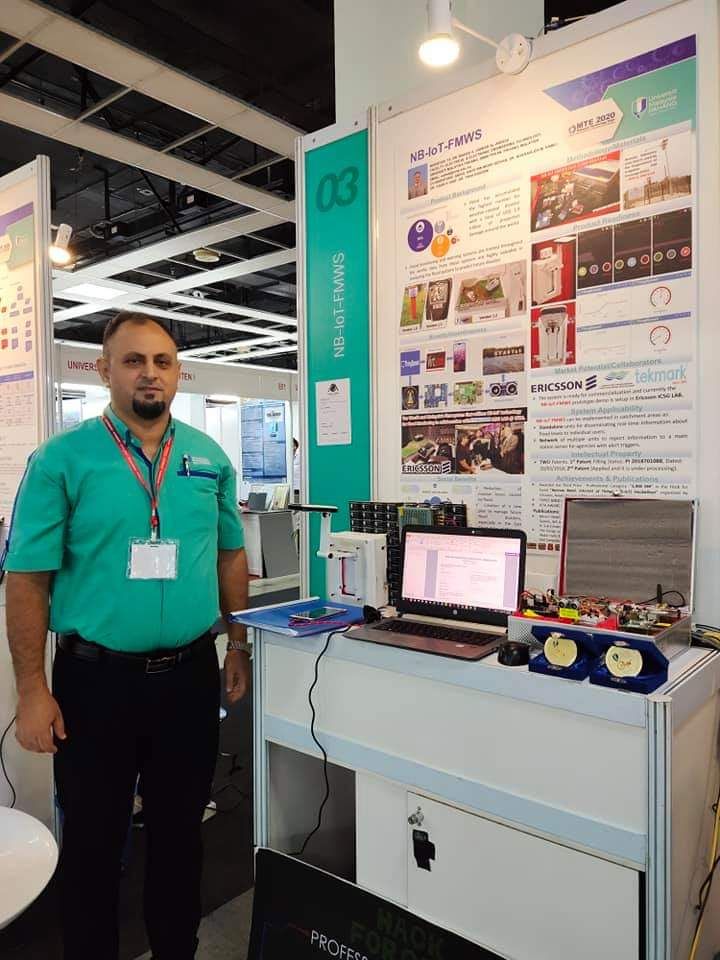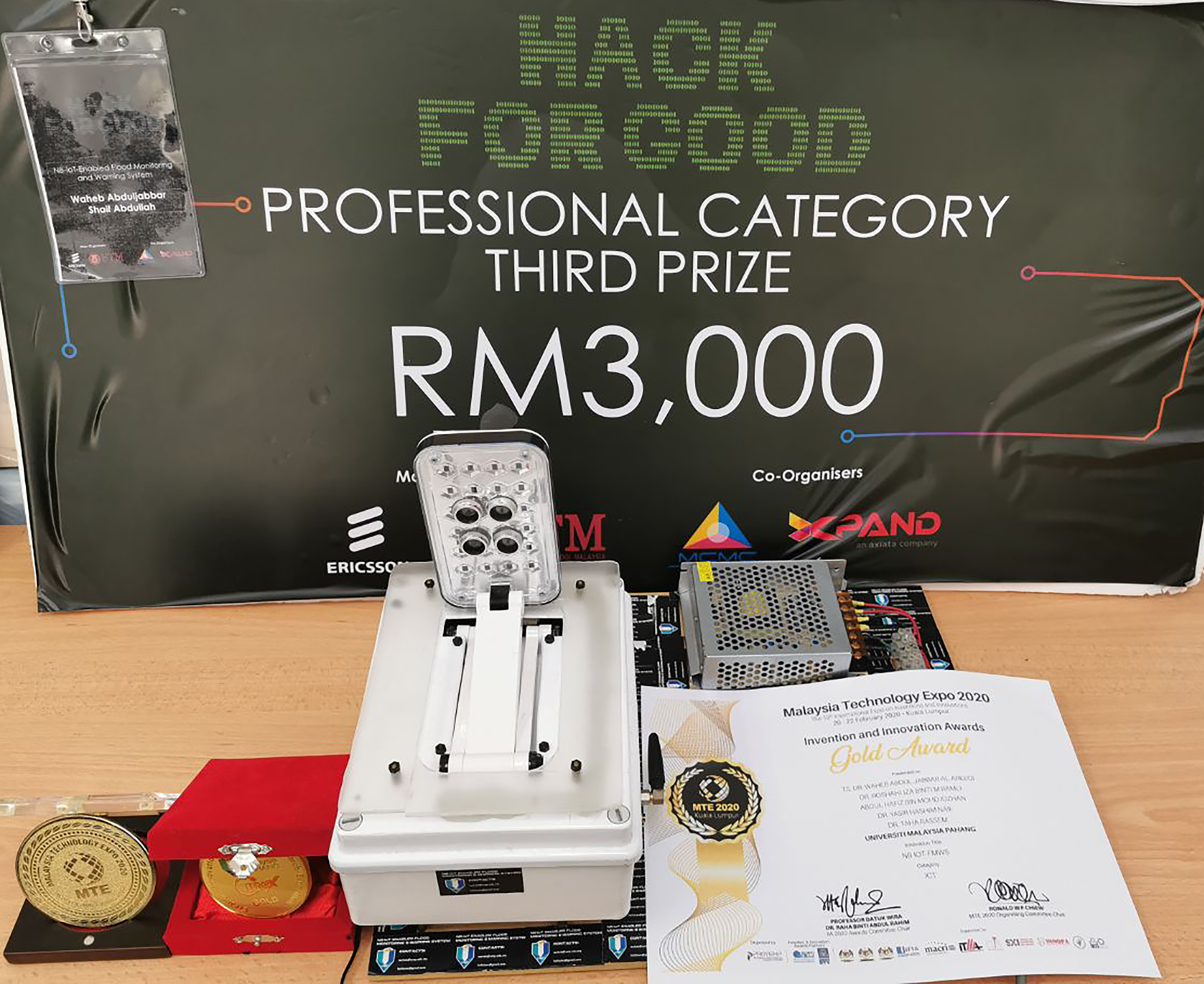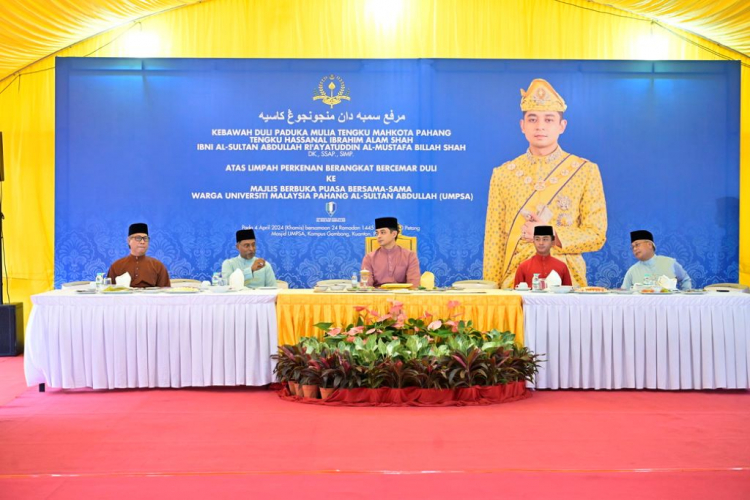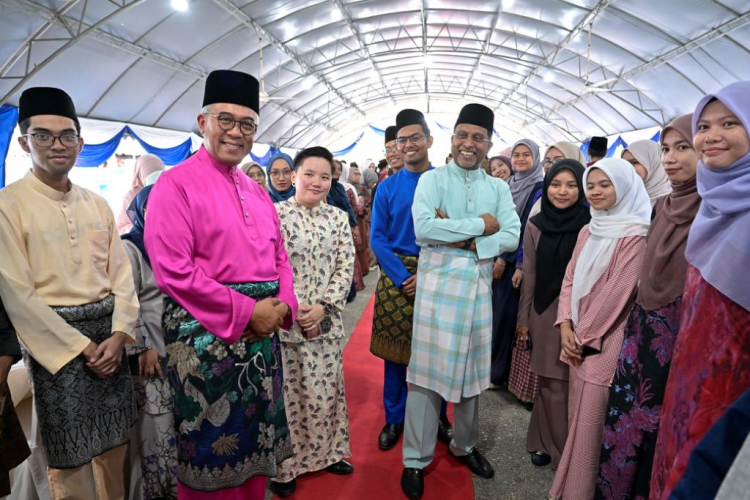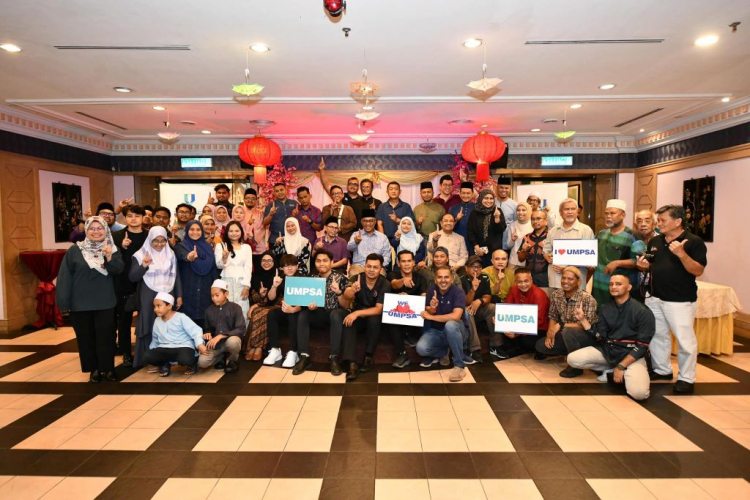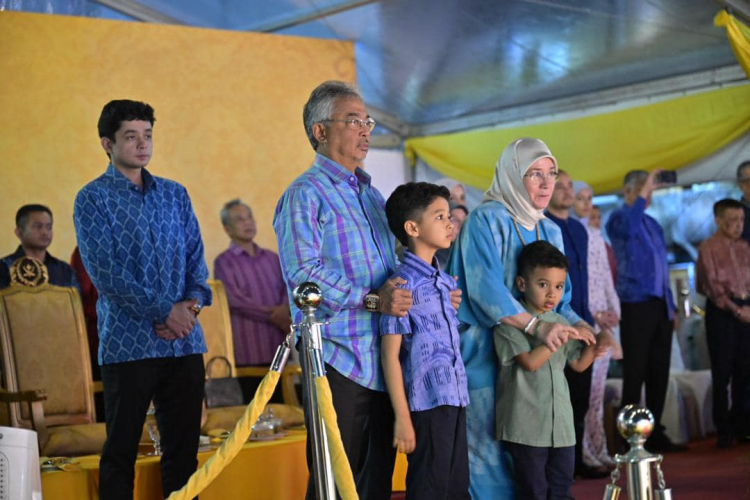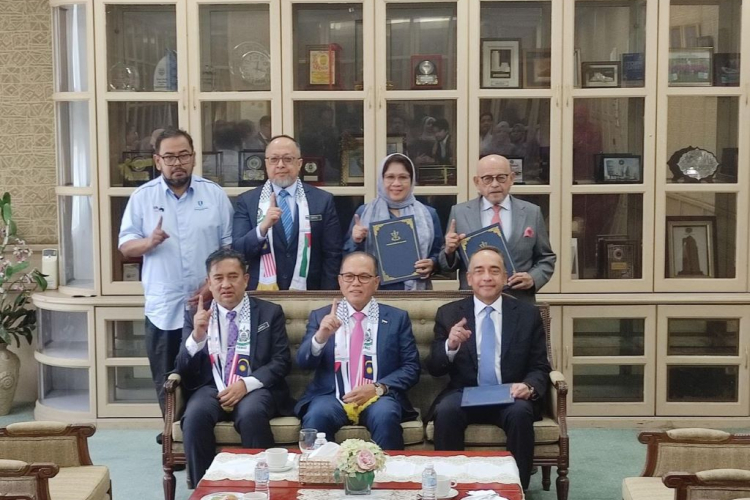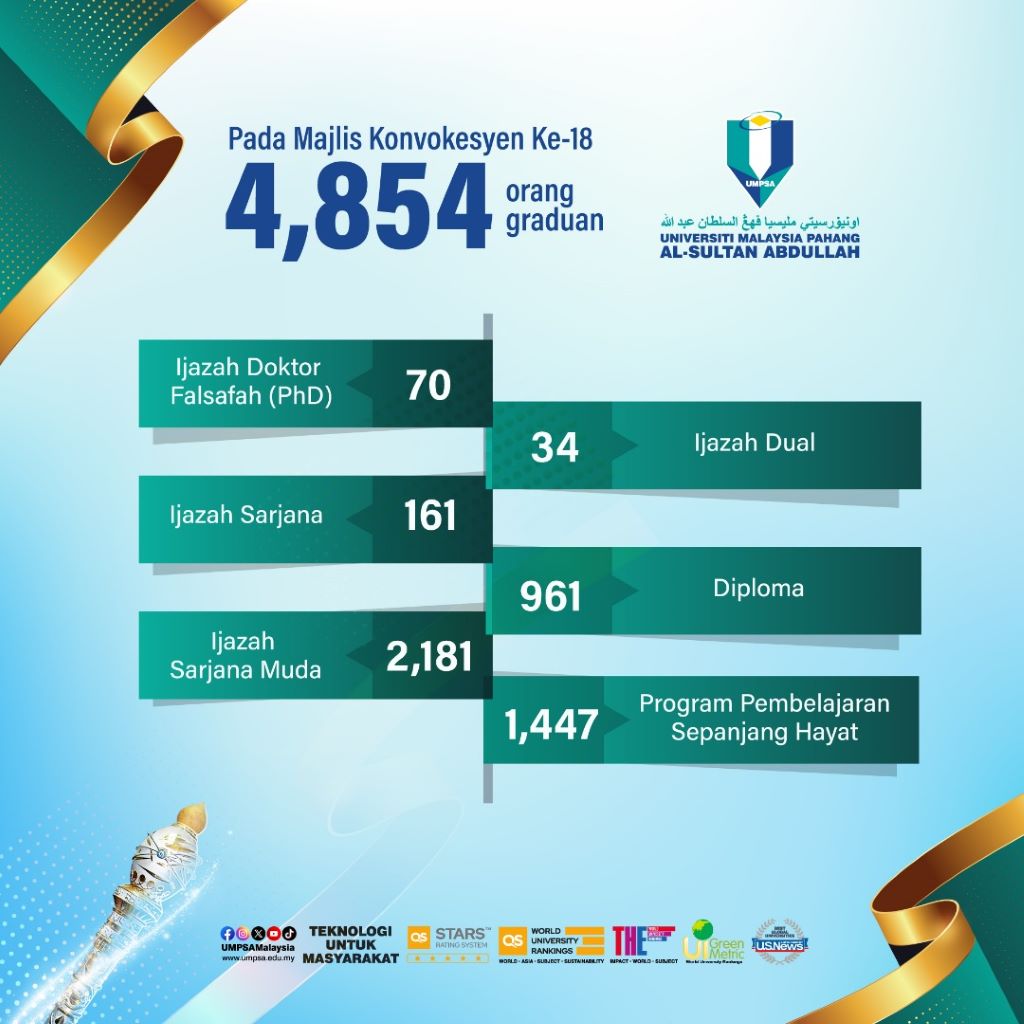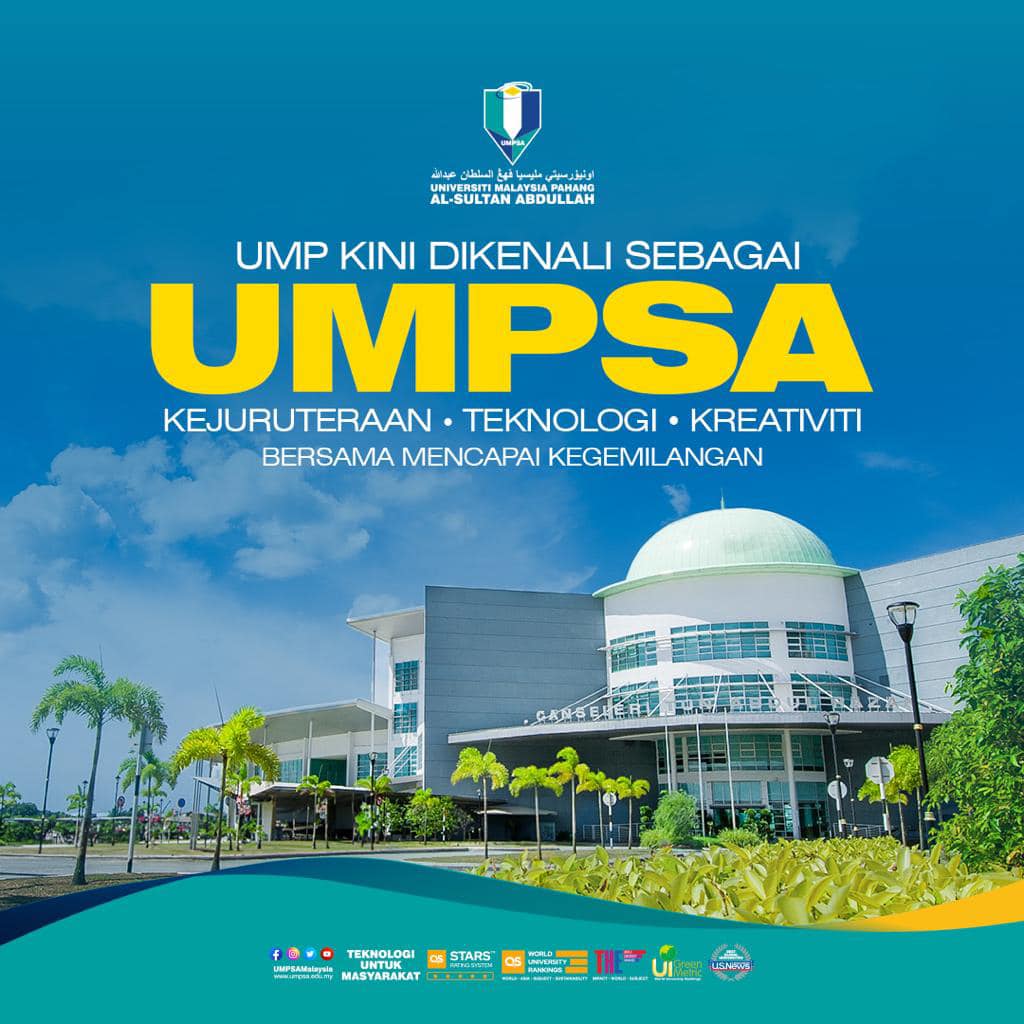Ts. Dr. Waheb creates Narrowband Internet of Things Enabled Flood Monitoring and Warning System
A lecturer from the Faculty of Electrical & Electronic Engineering Technology (FTKEE), Universiti Malaysia Pahang (UMP), Ts. Dr. Waheb Abdul Jabbar Shaif Abdullah, 42, created a system called Narrowband Internet of Things Enabled Flood Monitoring and Warning System (NB-IoT FMWS).
The lecturer, who hails from Yemen, plans to design and create the world’s first NB-IoT FMWS.
The system aims to minimise or extinguish human risk during the flood season in Malaysia.
“The system is cost-effective, user-friendly, and can be used by individuals and authorities
“In fact, this system provides real-time information regarding flood levels in catchment areas to civilians and agencies during situations classified as cautious and dangerous floods,” he said.
He explained that excessive rainfall is inevitable that causes loss of life and destruction of infrastructure.
“This project started in March 2018 and is still ongoing for improvement.
“The idea sparked during the participation in Hock for Good, Narrow Band-Internet of Things (NB-IoT) Hackathon organised by Ericsson, Axiata Xpand, Universiti Teknologi Malaysia (UTM), and Malaysian Communications and Multimedia Commission (MCMC) in 2018.
“During the programme, this project bagged the third prize in Professional Category and cash prize of RM3,000.00.
“After that, we improved the system until we won a gold medal in MTE2020,” he added.
He said that the developed system uses sensors with microcontrollers to measure the water level and identify whether it is safe, cautious, or dangerous based on predefined thresholds.
“The real-time data will be updated to an IoT platform at the NB-IoT base station.
“Our aim is to develop an innovative IoT solution based on the latest IoT technology to monitor flood levels in real-time to be available for individuals and authorities.
“However, we faced some challenges in terms of NB-IoT coverage availability since it is only available in certain areas near KL, Putrajaya, and Cyberjaya.
“Thus, we conducted the final test at 5G Laboratory at UTM, Kuala Lumpur.
“We also need to integrate a prediction technique to predict flood based on the acquired data,” said Dr. Wahed with the expertise in the internet of things and wireless networks.
“Our current plan to enable multiple wireless communication technologies for the system to send data over multiple interfaces to increase system reliability.
“Currently, no collaboration with external agencies but we received some materials from Ericsson to build the prototype in 2018.
“The existing system is only for prototyping purposes, and the material cost is within the range of RM3,000.00 per unit,” he said, who won gold medals in MTE 2020 and CITREX 2019.
Currently, his team has an ongoing internal research grant with IBM Centre of Excellence (now known as the Centre for Software Development & Integrated Computing) to test another IoT technology on the system.
“After completing this project, we will proceed with pre-commercialisation or any industry grant to build the final product.
“I am also doing extensive research in the field of IoT applications and building several prototypes for IoT applications such as smart home, smart energy meter, baby monitoring system, water quality monitoring, air quality monitoring, smart parking, and smart bin,” he said.
By: Hafizatulazlin Abdul Aziz and Nur Hartini Mohd Hatta, UMP Press
Translation by: Dr. Rozaimi Abu Samah, Engineering College/Faculty of Chemical and Process Engineering Technology


